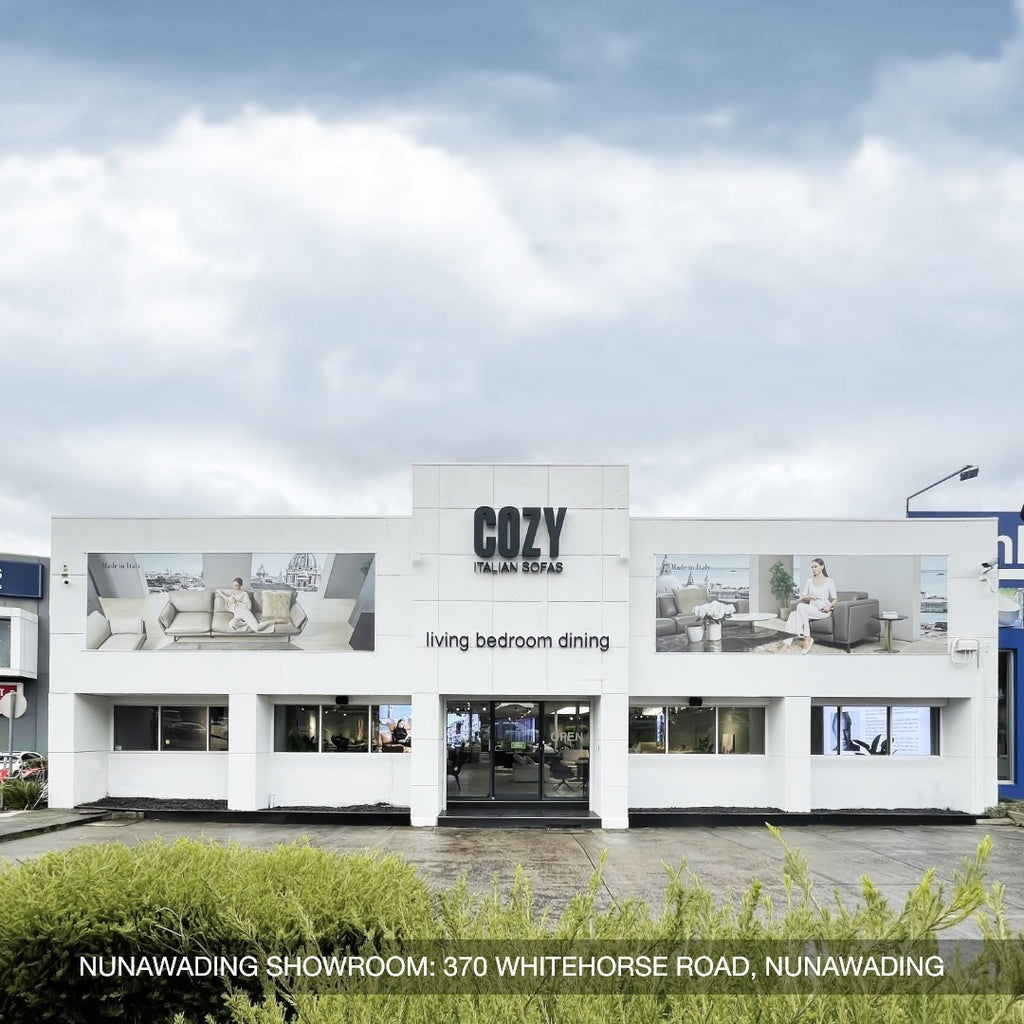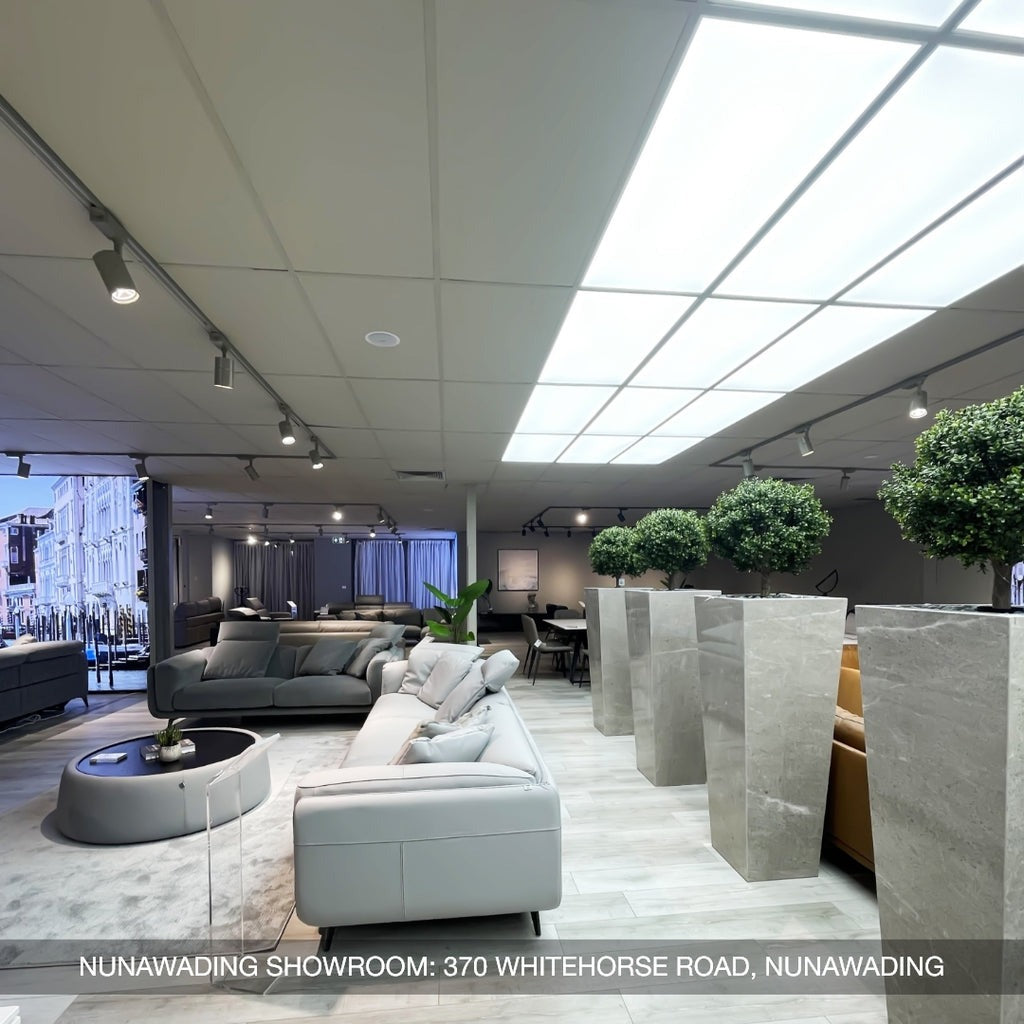A flexible living room layout is essential to accommodate various activities seamlessly. Embracing a multi-zone living room design allows homeowners to balance work, play, and relaxation within a single space. By creating distinct areas for different purposes, a multi functional living room becomes both practical and inviting. This approach not only maximizes space but also enhances the overall harmony of your home, making the living room a versatile hub for all your lifestyle needs.
Understanding Core Principles
Flexibility is paramount in a multi-zone living room design. Your space should adapt effortlessly to your changing needs, whether you're working, entertaining, or relaxing. Opt for furniture that is lightweight and easy to move, such as modular sofas or nesting tables. For instance, a home office living room combo can be achieved by incorporating a foldable desk or a stylish bookshelf that doubles as a room divider.
Each zone within your living room must serve a clear and specific purpose. For example, designate a distinct area for work, another for leisure, and a separate space for relaxation. Choose furniture and accessories that enhance the functionality of each zone. Investing in ergonomic chairs and ample storage solutions to keep work materials organized. Ensuring that each zone is well-equipped and serves its intended function not only improves usability but also maintains the overall efficiency of the space.
Use a consistent color palette, similar materials, and complementary styles throughout the room to tie the different zones together visually. For example, if one zone features modern furniture, ensure that adjacent areas incorporate elements that match this aesthetic. This visual harmony prevents the space from feeling disjointed and promotes a unified look, making the living room feel more spacious and inviting.
Effective space allocation is crucial when implementing multipurpose living room ideas. Start by prioritizing the areas you use most frequently and allocate more space to them. For instance, if your home office is a priority, ensure it has a dedicated and well-lit area. Decide whether some zones can share space or furniture to maximize efficiency. For example, a coffee table can serve both as a work surface and a place for social gatherings. Proper space allocation ensures that each zone has enough room to function without overcrowding the living area.
Considering the traffic flow is essential to ensure that your multi-zone living room design is both practical and comfortable. Plan the layout so that people can move easily between different zones without obstruction. Avoid placing bulky furniture in pathways and ensure that each zone is easily accessible. For example, arrange furniture in a way that guides movement naturally from the seating area to the work zone or entertainment center. A well-thought-out traffic flow enhances the usability of the space and prevents areas from feeling cramped or cluttered.

Arrange the layout so people can move easily between zones without obstruction.
Setting Up Your Zones: Aussie Style
Creating a multi-zone living room design that reflects the relaxed and practical Australian lifestyle involves thoughtful planning and strategic arrangement. By incorporating family-friendly living room ideas, you can ensure that each area serves its purpose while maintaining a cohesive and inviting atmosphere.
The "No Worries" Workspace: Productive and Practical
A home office living room combo can enhance productivity without compromising the room’s aesthetic.
- Choose a location away from the television and kitchen to minimize distractions. Position your desk near a window to maximize natural lighting, which can boost mood and efficiency. Use light curtains to reduce glare while maintaining brightness.
- A standing desk promotes better posture and can reduce back pain, making it a great option for long work hours. Alternatively, select a regular desk that fits your space without obstructing walkways. Ensure the desk height is ergonomic to support comfortable working.
- Prioritize your health by investing in an ergonomic chair with adjustable height and lumbar support. Quality furniture not only enhances comfort but also increases productivity by reducing physical strain.
- Keep your workspace tidy by using cable organizers to manage cords effectively. Choose a power board with surge protection to safeguard your electronics, especially important in regions prone to severe weather like Australia.

Ensure the desk height is ergonomic to promote a comfortable and efficient working position.
The "Fair Dinkum" Play Area: Safe and Fun for the Kids
A family-friendly living room design must include a safe and engaging play area for children. Creating a dedicated space for kids ensures they have a place to play while keeping the rest of the room organized and clutter-free.
- Carpet tiles are an excellent choice as they are easy to clean and replace if stained. Alternatively, use a large, washable rug over floorboards to create a soft and comfortable play surface that is simple to maintain.
- Incorporate colorful tubs and baskets to make tidying up fun for kids. Label storage containers with pictures for younger children, making it easier for them to know where toys belong. Wall-mounted shelves help keep toys off the floor, reducing clutter and creating a more spacious environment.
- Secure shelves and heavy furniture to the wall to prevent accidents. Choose furniture with rounded edges to minimize the risk of bumps and injuries, ensuring a safe play area for your little ones.
The "Chillax" Zone: Your Relaxation Oasis
A well-designed chill zone should be both comfortable and aesthetically pleasing, providing a perfect escape within your home.
- A comfy sofa is the centerpiece of any relaxation area. Consider a modular sofa that allows you to position your L-shaped sofa in various configurations to suit your space and needs. Enhance comfort with plenty of throw pillows and blankets.
- Soft, warm lighting is essential for creating a cozy atmosphere. Install dimmable lights to adjust the brightness according to your mood. A stylish floor lamp can provide ample light for reading or relaxing without being overpowering.
- Incorporate natural materials like timber and linen to add warmth and texture to your space. Layer textures and patterns with cozy throw rugs and cushions to create depth and interest. Adding a few well-placed candles can also help establish a serene and inviting mood.

To infuse warmth and texture, incorporate natural materials like timber and linen.
Making it All Work Together for Multi-Zone Living Room
Carefully considering factors such as flooring, color schemes, materials, and lighting, you can effectively divide your large living space into distinct zones that enhance both functionality and visual appeal. This approach not only optimizes the use of space but also fosters a welcoming environment where every zone complements the others seamlessly.
Consistent Flooring for Unifying Ground
A consistent flooring type throughout the space helps unify different zones, creating a seamless flow that ties the room together. Whether you’re designing a living room relaxation area or a dynamic family space, the flooring choice plays a pivotal role in establishing a cohesive look.
- Timber flooring remains a timeless and popular choice for Aussie homes, appreciated for its natural beauty and versatility. Hardwood timber, with its rich grains and warm tones, offers unparalleled warmth and character, making it an excellent choice for creating an inviting living room relaxation area. For those seeking durability and affordability without compromising on style, engineered timber or laminate flooring serves as a practical alternative. These options mimic the appearance of real wood while providing enhanced resistance to wear and tear. Moreover, timber’s natural tones provide a neutral base that complements various design styles, allowing you to blend traditional and modern elements effortlessly.
- In warmer climates, large format tiles are an ideal flooring option. Their expansive size minimizes grout lines, creating a sleek and uninterrupted surface that is cool underfoot—perfect for enhancing comfort in a living room relaxation area. Additionally, large tiles are easy to maintain, requiring less frequent cleaning compared to smaller tiles. Opting for neutral colors like grey, beige, or stone ensures a seamless look that can effortlessly tie together different zones within a multi-zone layout.
- While a consistent flooring type creates unity, area rugs play a vital role in defining specific zones within your living room. For instance, placing a plush rug in the relaxation area can delineate the space, adding warmth and softness underfoot. In contrast, a durable, low-pile rug might be more suitable for a play area or a workspace, providing both functionality and style. Area rugs also introduce texture and color, further enhancing the visual appeal and helping to divide your large living space into distinct yet interconnected zones.

A durable, low-pile rug works better for a play area or workspace, offering both practicality and style.
Colour Harmony: Creating a Visual Flow
Establishing a harmonious color palette is essential for creating a visual flow that guides the eye smoothly through your multi-zone living room. Thoughtful color coordination can enhance the sense of unity while allowing each zone to maintain its unique identity.
- A simple yet effective rule of thumb is to use the power of three when selecting your color scheme. Start with a base color for your walls, then choose a main accent color and a secondary accent color. Distribute these colors throughout your zones in varying proportions to create balance and interest. For example, a soft beige wall can serve as a neutral backdrop, while navy blue cushions and mustard yellow accessories add depth and vibrancy to different areas.
- Strategic placement of accent colors can significantly impact the overall aesthetic of your living room. Incorporate your chosen accent colors through soft furnishings such as cushions and throws, artwork, and accessories. Additionally, consider using accent colors in unexpected places like the backing of a bookshelf or a feature chair. This approach not only adds pops of color but also reinforces the cohesive color harmony across different zones.
- Applying the 60-30-10 rule can help maintain a balanced and visually appealing color scheme. Allocate approximately 60% of the room to your base color, 30% to your main accent color, and 10% to your secondary accent color. This guideline ensures that no single color overwhelms the space, allowing each zone to contribute to the overall harmony without clashing or competing for attention.
Material Unity
Maintaining material unity across different zones fosters a sense of connection and continuity within your multi-zone living room design. If you have a timber coffee table in your relaxation zone, consider incorporating a timber desk in your workspace or timber shelves in your play area. This repetition of materials not only enhances visual harmony but also reinforces the unified theme throughout the room. Additionally, mixing textures within the same material family can add depth and interest without disrupting the overall cohesion.
Lighting to Set the Mood and Defining Spaces
Lighting plays a crucial role in both setting the mood and defining different zones within your living room. A well-planned lighting scheme can enhance the functionality of each area while contributing to the overall ambiance.
- Adopting a layered lighting approach ensures that each zone is appropriately illuminated and can be adjusted to suit different activities. Combine ambient lighting, such as downlights, to provide general illumination; task lighting, like desk lamps or reading lamps, for focused activities; and accent lighting, such as spotlights or fairy lights, to highlight architectural features or decorative elements. This multi-faceted lighting strategy not only enhances functionality but also adds depth and dimension to the space.
- Choosing light fixtures in a similar style or finish across different zones helps create a sense of unity. Whether you prefer sleek, modern fixtures or classic, traditional designs, maintaining consistency in your lighting choices ensures that each area complements the others seamlessly. This uniformity is especially important in a multi-zone living room design, where diverse elements must work together harmoniously.
- Installing dimmer switches provides flexibility in controlling the intensity of light, allowing you to adjust the mood in each zone according to your needs. Whether you’re hosting a lively gathering or enjoying a quiet evening in your living room relaxation area, dimmers enable you to tailor the lighting to create the perfect atmosphere.
Embracing a multi-zone living room design allows you to seamlessly balance work, play, and relaxation within a single space. Investing in quality pieces not only enhances the aesthetic appeal but also ensures long-lasting comfort and functionality. To achieve the perfect blend of style and practicality, consider exploring COZY’s range of premium sofas and essential furniture pieces that are designed to complement any multi-zone setup. Transform your living room into a harmonious haven with COZY’s exceptional furniture offerings.





